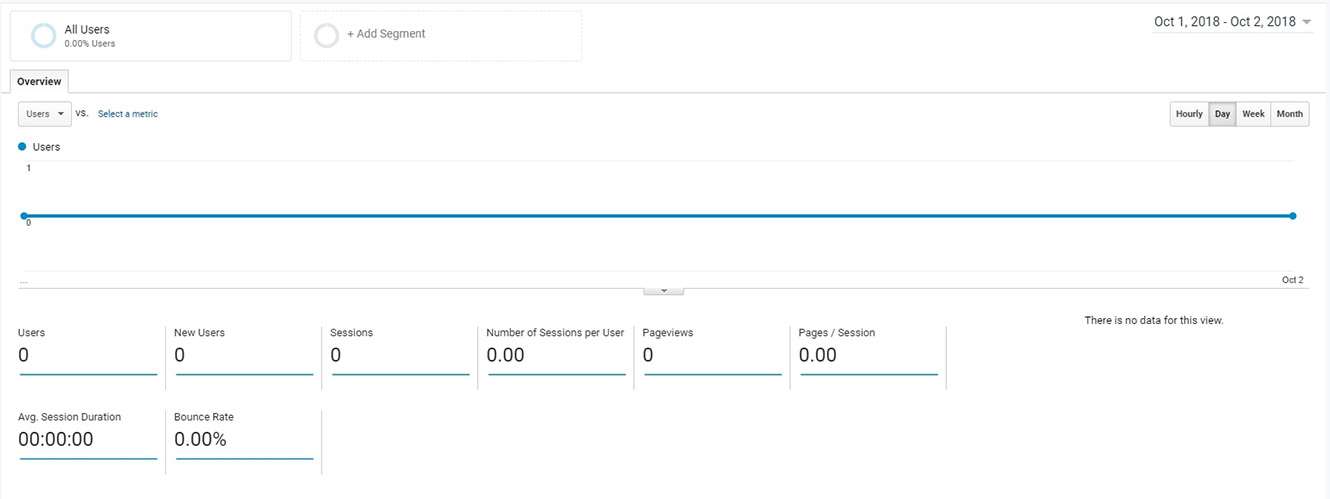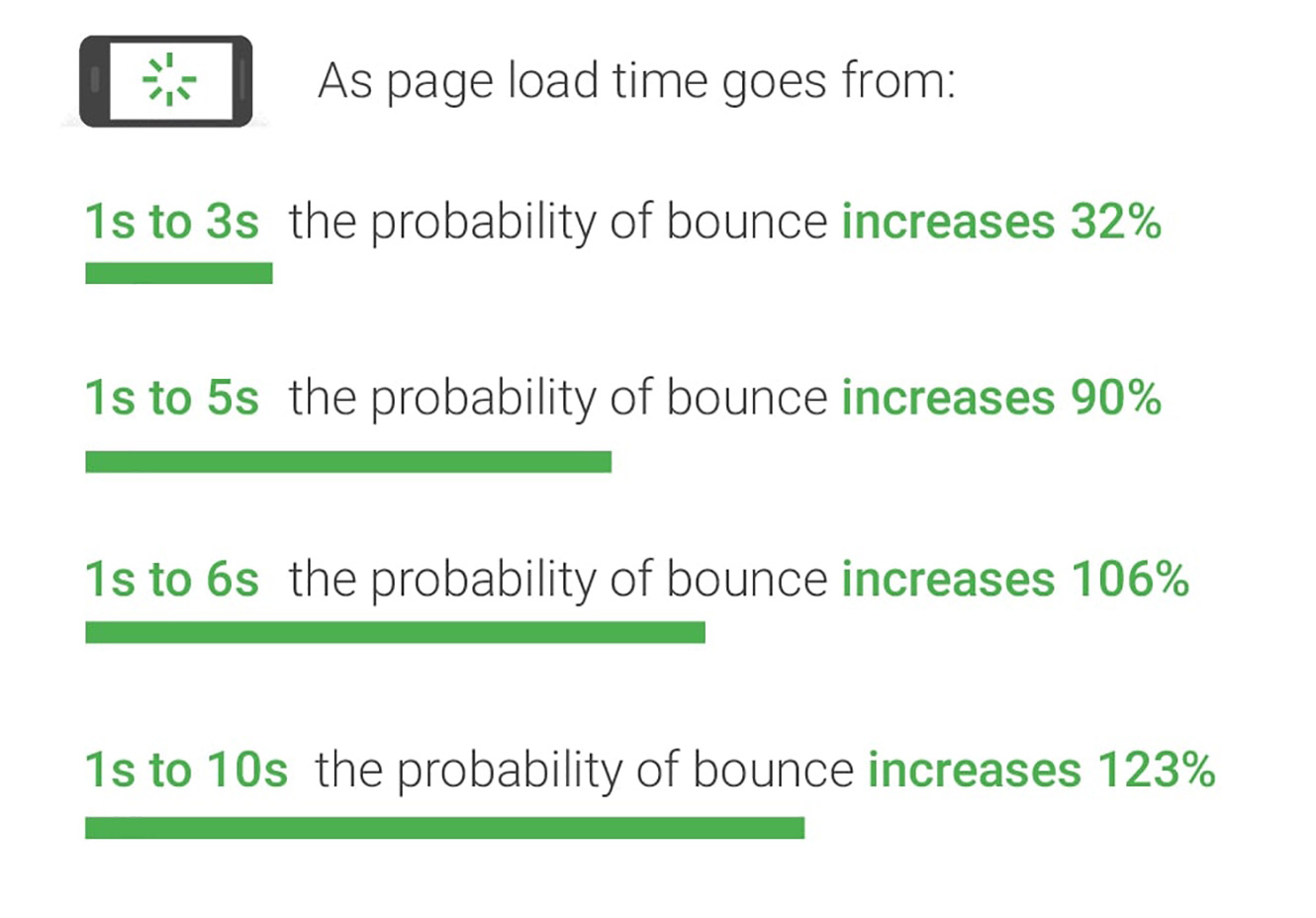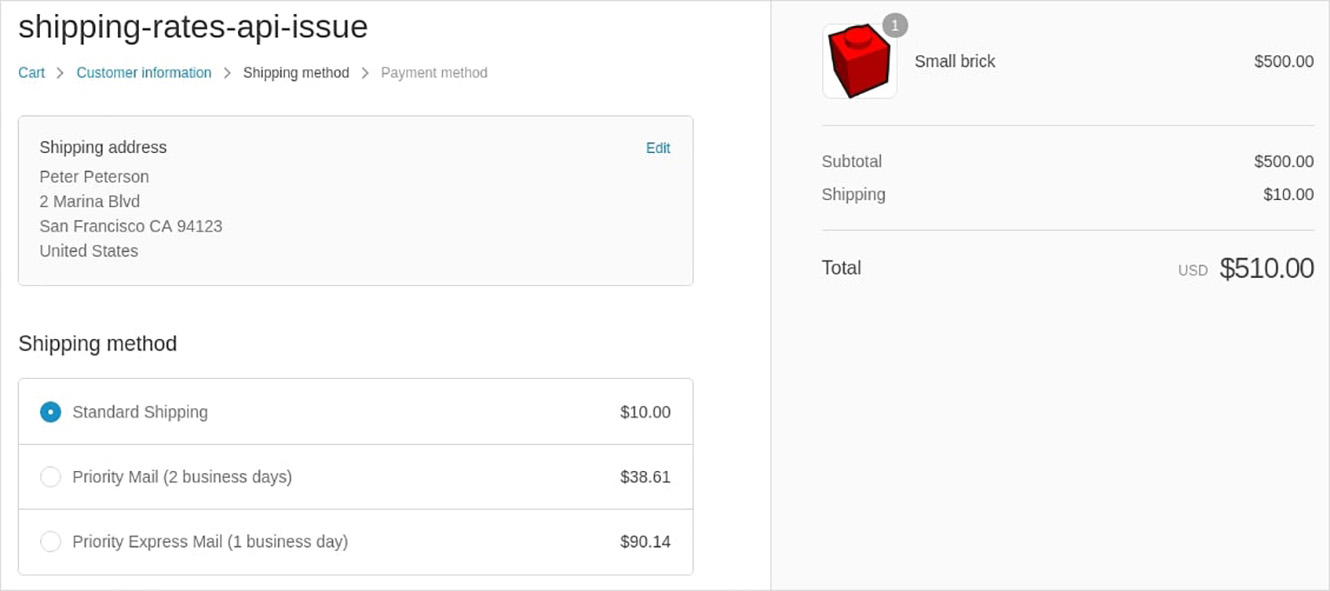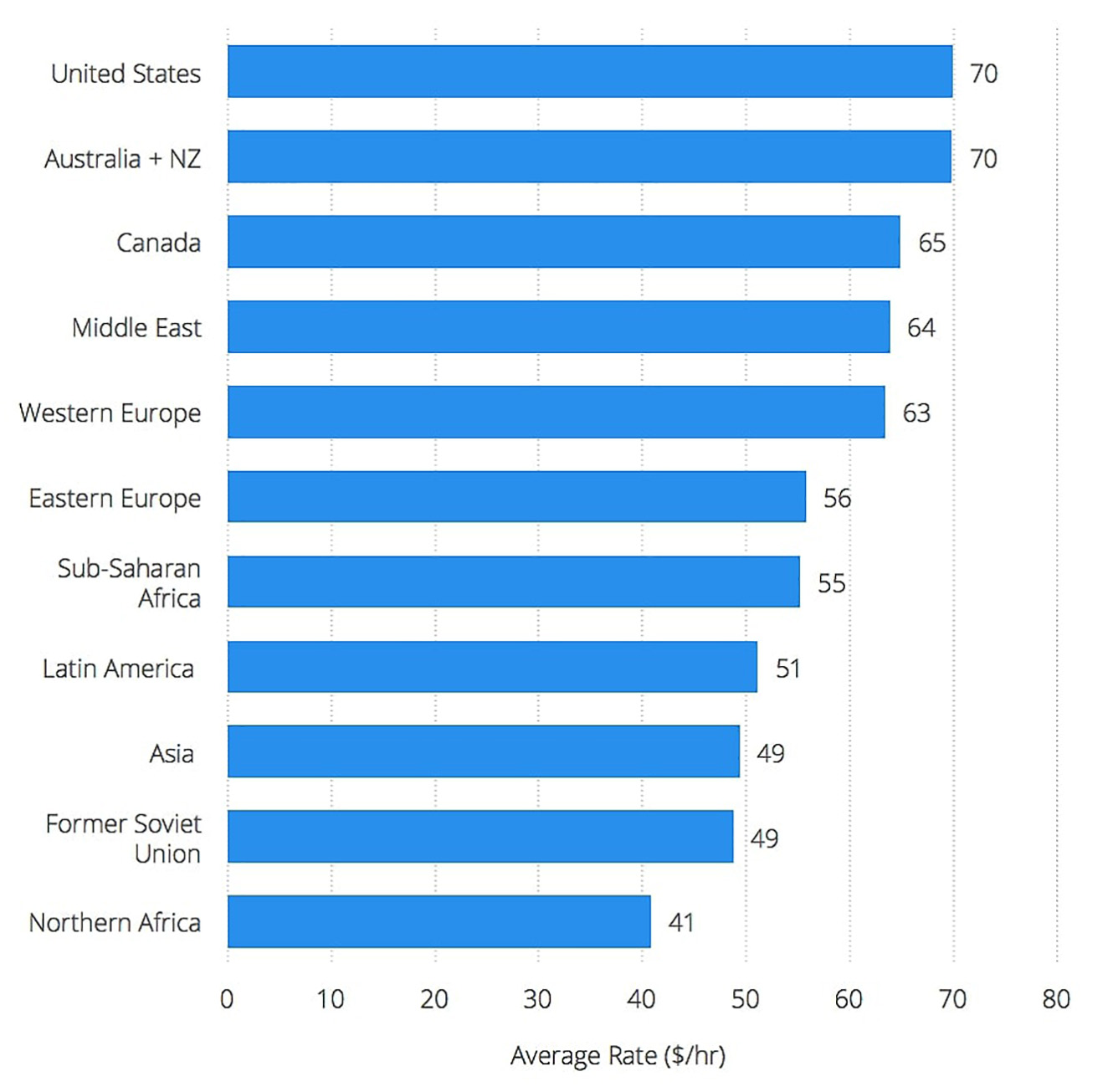5 Ways to Add an Online Booking System to Your Website
Learn about five different ways of adding an online booking system to your website and the advantages and disadvantages of each of them.
Do you really need an online booking system?
In the era of digitalization, an online appointment scheduling system is a MUST.
Not only will it increase convenience for your customers with them not having to talk to anyone, but it will also benefit you, your team and your business.
Online booking means reduced workload and fewer mistakes – remember, machines don’t get tired.
In addition, it also presents more opportunities for scheduling appointments since more people could be doing it at the same time whereas you can only talk to one customer at once.
Today, there is a plethora of different technological options for doing this. But how to add an online booking system to your website? Furthermore, which method should you opt for?
The fact is – all of them come with a certain number of pros and cons, and what you end up choosing will most likely depend on factors such as your budget, human resources, etc.
To help you weigh the pros and cons against these factors, we will thoroughly analyze these methods.
1. Link to an external website
Linking to an external website is the simplest method there is, although it in no way represents what would be called a true integration. The only thing that you have to do is create a link that will send your visitors to another destination.
Pros
It’s cheap and easy to implement and that’s the biggest advantage.
No special skills are needed to make this work. You don’t have to have any web development skills to paste a link to your website. As such, it is very easy to execute.
It is also free. If you don’t have the budget to pay for a well-functioning plugin, or a developer to program a custom piece of code, this might be the way to go.
Cons
However, since it is free and anyone can do it, it is only logical that it comes with quite a hefty list of disadvantages.
First of all, you are sending people off your website which is something most of us don’t want to do.
You further risk losing the appointment altogether since the external website could be slow or have a poor user experience.
Moreover, your analysis and strategizing will suffer greatly since by sending people away, you will not be able to track them or learn about their behavior.
What pages they visit, what actions they perform and similar information which you could have utilized to better your processes will be much harder to come by.
Although not as important, especially when there is no budget in place, another disadvantage would be the different branding. Your visitors will have a hard time connecting your services to the external functionalities that you are using.

2. Embed an Iframe
Also known as an inline frame, Iframe is used for embedding an external website into your own. If you’ve ever tried to embed a YouTube video on your website, then you know what we’re talking about.
Only a step higher on the ‘true integration’ scale in contrast to external linking, Iframe integration at least doesn’t send visitors away from your website.
Pros
To execute Iframe integration, what you need to do is copy and paste an already prepared code into your website which makes it very easy to implement.
A budget isn’t necessary as well, since most websites that allow embedding provide the code and the option for free.
Most importantly, since it’s a window integrated into your page, the users stay on your website.
Cons
While integrated into your page, it is still third-party which means that you have no control over how it is displayed.
The issues that might come up from here are that with responsive sites, more often than not, iframe doesn’t display correctly in a mobile context, unless the external booking system is also mobile.

Even worse, this has even led to some security breaches in the past.
In 2008, websites of a few major news stations were hacked. The hackers added links to malicious websites which unsuspecting users would click on and then get their machines infected by malware – resulting in numerous problems.
Although many things have been standardized online, it is important to note that not all browsers may support iframes.
Iframes are also difficult to index by search engines. Even when they are indexed, the users are usually sent to the wrong page.
However, the biggest disadvantage is still the fact that you aren’t able to track your users’ activity and implement your branding.
3. Install a Plugin
Plugins are all but synonymous with the most popular CMS, WordPress. And with a good reason – there’s a bunch of them, for a bunch of various purposes, all of which save valuable time and, sometimes, money.
Other popular CMS platforms such as Drupal and Joomla also have plugins which add more functionalities to the website.
That being said, they also come with some disadvantages.
Pros
First of all, it’s very user-friendly and easy to set up. It usually takes a few clicks to get it up and running.
Moreover, it saves time and resources. You don’t have to program it yourself or hire a developer, it’s already there, made, working and left to you to integrate.
An online appointment scheduling plugin is excellent for small business owners because the competition is plenty, so there are very well developed solutions on the market.
You can use a free plugin or get a yearly license for a premium plugin for the same price as hiring a developer for just 2 hours (a cheap one for that matter!).
And, in the age when all of us use different devices, they are usually optimized for all of them. So, whether someone tries to book something on their computer or cell phone, it will work just fine.
Cons
When installing one, you have to make sure that it’s not outdated. Often, developers will make a plugin and then quit support and further updates – both very necessary with the ever-evolving technology.
Otherwise, outdated plugins could go as far as cause security issues.
Don’t install too many, though. This could slow down your website. Or, even simply installing plugins by different developers could cause conflicts if they don’t work well with each other.

4. Connect via API
CMS-driven websites most often provide the ability to integrate APIs or application programming interface, the closest that you can get to true and seamless integration of the online booking system besides developing custom code.
Pros
The biggest advantage of APIs is great user experience. External data is integrated into your websites and your users can use it as such, on your website. In addition, you have control of the user interface.
In contrast to some other methods, APIs also allow tracking data and user behavior which could just be the determining factor when you choose between these options.
Finally, they allow communication in both directions – your website can push, but also pull data instead of simply displaying it.
Cons
As was said before, it’s the closest that you can get to true integration so it’s only logical that it’s very expensive. It requires development.
Continuous development, that is. You have to keep up with any changes that might be made to the external system. Otherwise, they could affect the overall functionality of your website.

Developers will have to adapt the API with time.
5. Develop your own Custom code
The king of integrations – a piece of code that is a part of your website, seamless.
However, various factors, such as the purpose of the functionality, the budget weighted against the pros and cons of these different methods is what will bring you to your decision.

Pros
As something developed within your website, custom code minimizes the issues of conflicting or bloated code or other issues that might arise when using other methods for the integration of online booking systems.
Furthermore, since it is your piece of code, customly developed for your website, you have control over absolutely everything.
Cons
However, it is important to note that this method is the most technical and as such the most expensive. It also takes the most time.
Finally, you have to maintain this piece of code which means that even when it’s done, you will most likely have to spend more money and time on it.
So what is the best way to add online booking system to a website?
The answer to this question is not straightforward, it will depend mainly on your CMS and budget.
If your website is built with drag and drop builders (Wix, Squarespace, etc) external links or iframes are your only options.
If your website is built on WordPress then well-developed plugins provide the best value for money, as you save on development costs and maintenance.
That is why we developed Amelia, a premium online appointment scheduling plugin which is built with best coding practices in mind packed in an easy-to-use and beautiful interface.
You can see it in action here and if you want more options check this list of best wordpress appointment plugins.

